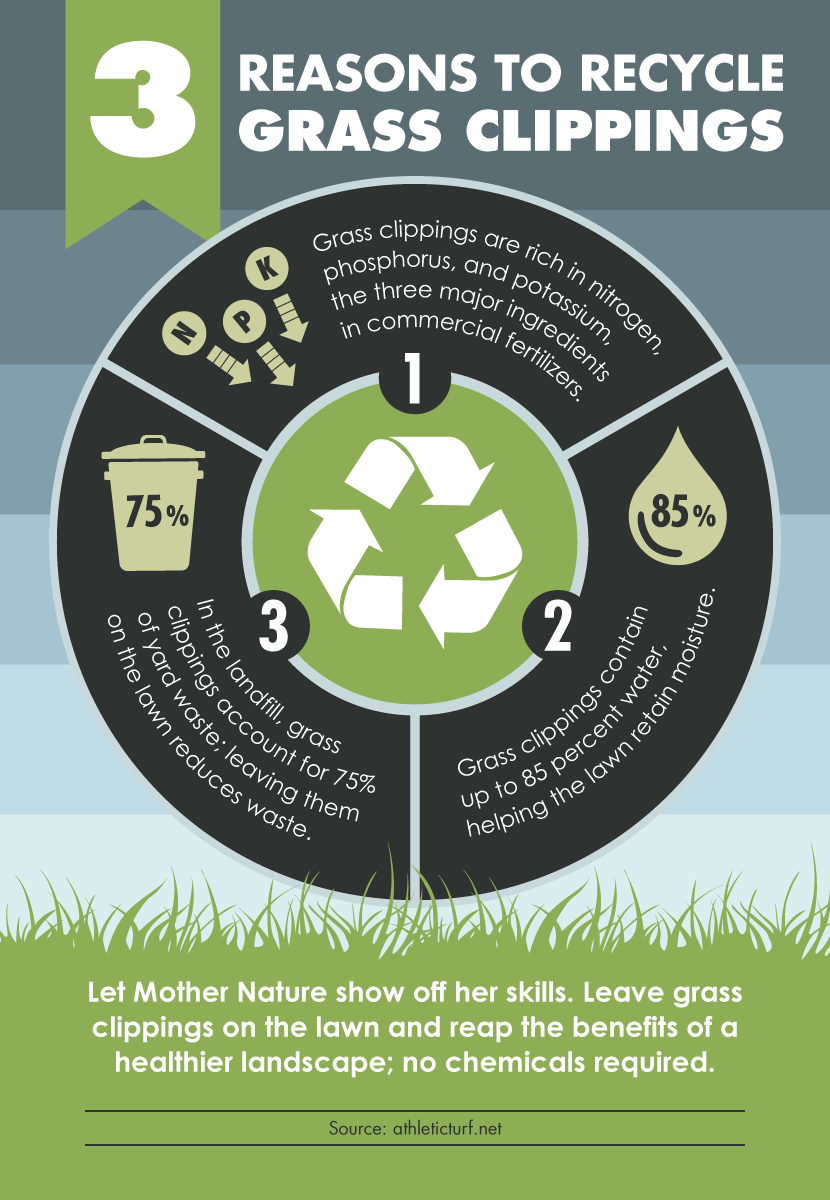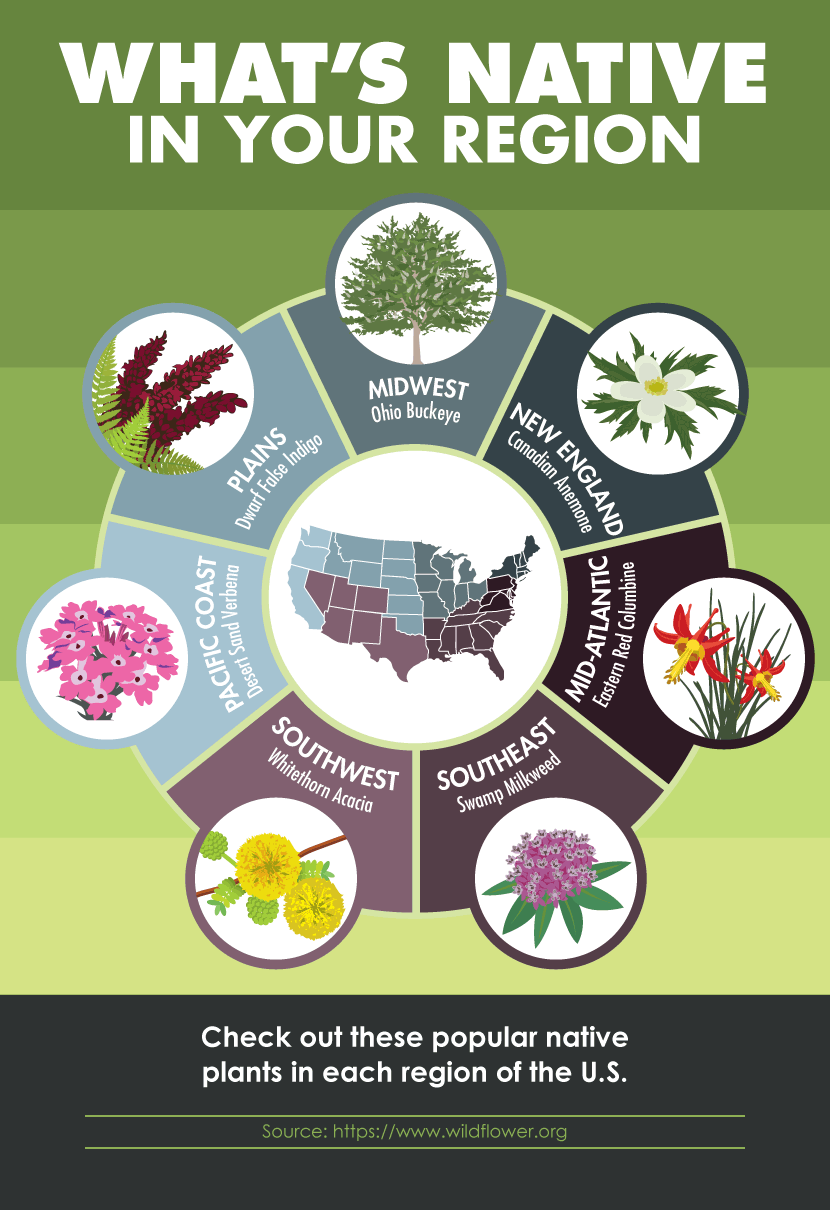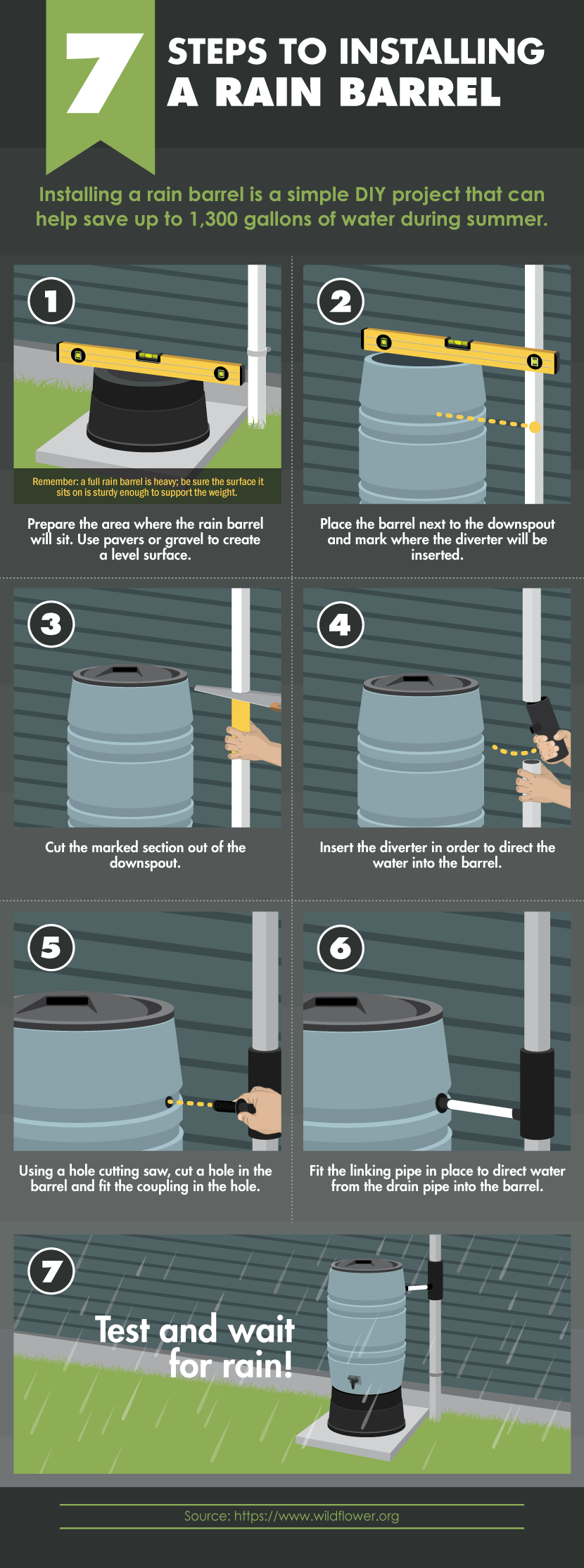Ecological Landscaping
Reducing Your Lawn and Property's Impact While Keeping it Looking Lush
Landscaping adds curb appeal and can boost a home’s value but it also takes its toll on the environment.
On a global level, magazine-worthy landscaping efforts require seven billion gallons of water per day and three million tons of fertilizer annually, not to mention the herbicides to control weeds and pesticides to keep roses, peonies, hostas, and other landscape plants from being assaulted by bugs. But this level of water and fertilizer consumption is not sustainable.
You could instead let the lawn turn brown, skip colorful flowers, and let the weeds take over. Or you could implement some green landscape techniques to keep the lawn and garden healthy and beautiful with minimal environmental impact.
Get Rid of Grass
A patch of lawn is great for tossing a ball, hosting a picnic, or giving pets a place to roam. More grass requires more irrigation, fertilizer, and gas-guzzling, emission-spewing lawn equipment to maintain.
Using satellite images, NASA estimates that, to keep lawns well watered, each U.S. household would suck up 200 gallons of fresh water per day!

Replacing turf with natural areas planted with trees and drought-tolerant native plants reduces the need for irrigation and fertilizer. In some states, including drought-ravaged California, water districts have started “Cash for Grass” programs, offering homeowners cash incentives to replace their lawns with more eco-friendly landscaping.
To maintain the grass that remains, set the mower to a higher setting (the shorter the grass is, the more the roots struggle to retain moisture) and leave the clippings on the lawn. The NASA report notes that allowing clippings to decompose after the grass is mowed helps store up to 37 billion pounds of carbon – the weight of 147,000 blue whales – each year. Storing carbon, called carbon sequestration, helps reduce greenhouse gas emissions.
Go Native
Choosing native plants, or plants indigenous to a region and adapted to its growing conditions, has a number of benefits. In addition to being naturally drought tolerant, native plants improve soil fertility and reduce erosion, provide food and shelter for wildlife, and offer improved pest resistance.
Just because native plants are indigenous to a specific region doesn’t mean that the options are limited. It’s possible to design a garden in styles ranging from a woodland garden to a desert landscape using native plants. Curious about which plants are native to your landscape? Websites like FindNativePlants.com and the Lady Bird Johnson Wildflower Center offer online databases listing native plants by geographic region.
Even though native plants are adapted to a specific growing environment, it’s still important to pay attention to sunlight, soil quality, and drainage when choosing plants. If you can’t find native plants at your retail nurseries or big box stores, don’t get discouraged. Specialty nurseries often carry excellent selections of native plants.

Save Water
Removing some (or all) of the grass and landscaping with native plants will help reduce the amount of irrigation your garden requires. Even the most drought-tolerant landscapes sometimes need a little extra water when Mother Nature is stingy with rain.
Before taking out the hose, consider other options. Adding a one-inch thick layer of mulch to the garden beds helps retain moisture in the soil, minimizing the need for irrigation. Look for mulch with the Forest Stewardship Certified logo, which indicates that the wood was harvested from sustainably managed forests.
When you do have to water the garden, water first thing in the morning or later in the evening, when cooler temperatures reduce the amount of water that is lost to evaporation and plants will be able to absorb the water before the sun gets too hot.

Instead of watering on a schedule, look for signs that plants need water – drooping leaves are a good indicator – before turning on the tap. And consider a drip irrigation system (a series of narrow hoses with small holes that deliver water right to the roots of the plants), which uses up to 50 percent less water than traditional hoses and sprinklers.
Installing a rain barrel to capture rainwater is also a great green idea. Just disconnect the downspouts and let runoff drain into the barrel. When the garden needs a drink, attach a hose to the spigot or fill a watering can to irrigate thirsty plants.
You don’t need a PhD in garden design to create a lush landscape that has minimal environmental impact. A commitment to eco-friendly practices and a willingness to get your hands dirty are enough to create a green landscape that is Mother Nature approved.
Embed the article on your site

